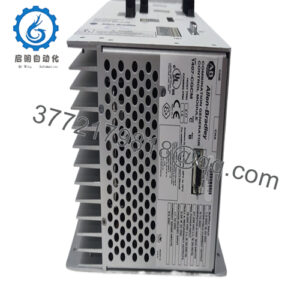Description
In the high-precision realm of industrial automation, where web tension fluctuations can derail material integrity across converting lines, the subtlety of unbalanced forces often escapes conventional sensors, breeding issues like edge wander, crepe wrinkles, or film pinholes that inflate scrap and recalibration demands—scenarios that erode profitability in environments where consistent pull directly governs output specs and downtime costs soar with every meter of waste. Picture a flexible packaging run where dual-roll differentials go undetected, skewing registration marks and forcing mid-roll stops, or a battery electrode coater where uneven spans cause delamination, compromising adhesion in safety-critical layers amid the relentless pace of 24/7 production. These challenges intensify in multi-zone setups, where noise from adjacent drives or humidity variations distort signals, highlighting the need for electronics that not only amplify but intelligently process dual inputs for differential insights, and that’s the niche the ABB PFEA111-20 3BSE050090R20 fills as a foundational tension electronics module, designed to interface with Pressductor load cells for unerring force translation in process control systems that demand traceability and agility.
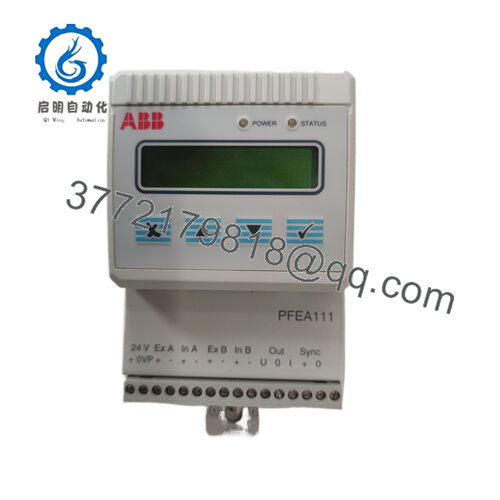
PFEA111-203BSE050090R20
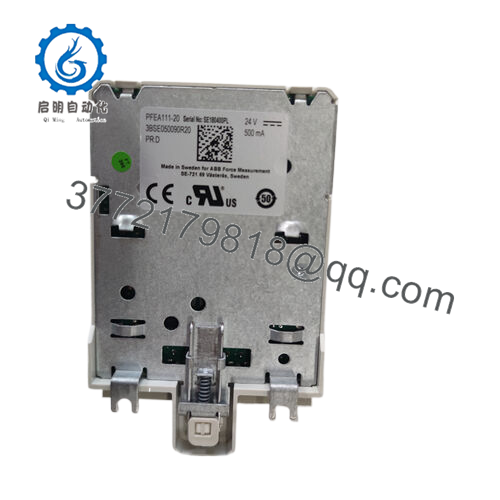
PFEA111-203BSE050090R20
Control integrators expanding tension subsystems in DCS frameworks frequently encounter units that overload on common-mode rejection or lack onboard tuning, resulting in noisy outputs that cascade into erratic PID responses and heightened engineering tweaks during commissioning. The ABB PFEA111-20 3BSE050090R20 proves vital in these instances, accommodating two load cell inputs to compute summed (A+B) or differential (A-B) tensions, delivering both voltage and current outputs with configurable filtering to sustain high reliability in applications like unwind stands or laminators. It’s a go-to for industries such as printing or nonwovens, where I/O signal accuracy ensures compliance with ASTM D4851 tolerances, preventing the fallout from drift that could trigger false alarms or material jams. Without this balanced processing, you’d face jury-rigged amplifiers or frequent zero drifts, pulling focus from loop optimization to signal chasing in the thick of variant runs.
As web handling leans into predictive edge processing within industrial automation, the appetite grows for compact electronics that embed display-driven diagnostics without complicating field wiring. The ABB PFEA111-20 3BSE050090R20 stands out with its multi-language LCD and key-based setup, isolating channels up to 100 V to buffer against ground shifts while supporting hot adjustments for live tuning—reframing raw transducer data into actionable metrics for 800xA integration. This module isn’t basic amplification; it’s the interpretive layer that decodes force asymmetries into control directives, allowing your operators to spot trends like roll eccentricity via real-time displays rather than poring over archived waveforms. In certification-focused areas like medical films or solar substrates, where tension variance under 1% is non-negotiable, it reinforces signal reliability that aligns with IIoT expansions, creating a scalable platform for fault-aware, responsive process control.
| Specification | Details |
|---|---|
| Model Number | 3BSE050090R20 |
| Brand | ABB |
| Type | Tension Electronics Module |
| Input Voltage | 24 V DC (18-30 V) |
| Operating Temp Range | -20°C to +60°C |
| Mounting Style | DIN Rail |
| Dimensions | 75 x 23 x 110 mm |
| Weight | 0.15 kg |
| Interface/Bus | Analog (Load Cell) |
| Compliance | CE, RoHS, UL |
| Supported Protocols | 4-20 mA, 0-10 V |
| Typical Power Draw | 3 W |
The ABB PFEA111-20 3BSE050090R20 operates as the signal conditioner in your tension architecture, connecting to two Pressductor load cells via cable glands to sample bridge resistances, then applying adjustable low-pass filters (up to 35 Hz bandwidth) before outputting scaled analogs—mount it on a DIN rail near the transducer pair in a control cabinet, where it ties into DCS I/O modules for setpoint comparisons, acting as the discerning processor that blends A and B forces into unified feedback for downstream actuators like dancer arms. This edge placement minimizes cable capacitance effects, with its compact IP20 housing facilitating integration into S800 racks or standalone panels for distributed monitoring.
Integration flows naturally: the LCD cycles through tension readouts (A, B, A+B, A-B) in engineering units, with push keys for zeroing or span calibration without halting lines, while galvanic isolation per channel prevents fault propagation from humid zones. Outputs handle up to 550 Ω loads for current signals or 5 mA for voltage, with step responses under 15 ms to track dynamic wraps, and binary status pins alert to over/under ranges via PLC inputs for HMI logging. In zoned systems, it chains with siblings for multi-point profiling, supporting redundancy through paralleled feeds that average discrepancies during maintenance swaps. Upstream, it draws excitation from the cells’ bridges; downstream, it informs brake torque or speed refs in your master controller, all provisioned via intuitive menus that skip code dives. For scaling, the ABB PFEA111-20 3BSE050090R20 daisy-chains via analog loops, field-upgradable to HART for digital overlays, bridging legacy web ties to modern fieldbus fabrics in a setup that favors precision over proliferation.
Choosing the ABB PFEA111-20 3BSE050090R20 instills your converting lines with tension transparency that counters the creep of asymmetry, especially in dual-roll configs where differentials could otherwise foster fishtails and compound curl defects. In the midst of varied substrates, this delivers profile poise that endures—outputs mirror true pulls without lag, enabling finer dancer corrections in slitters and averting the downtime from edge trims that inconsistent units invite, netting tighter tolerances and reduced operator interventions for your floor teams.
The module’s display-centric design eases the daily grind, with self-diagnostics that flag cell imbalances on-screen, sparing the oscilloscope hunts that bog legacy amps in variable climates and cementing performance consistency through shift-long stability. Maintenance pros value its key-locked calibrations to isolate drift sources like cable stretch before they skew spans, which trims fault calls and prolongs cell life in the field. Built for the perpetual pull of web duty, it syncs with sustainability targets, its low draw fitting solar-backed enclosures. And its rail-ready form factors slash panel rework, latching without adapters to keep expansions fluid.
Further, the ABB PFEA111-20 3BSE050090R20 enables evolutionary edges: firmware flashes add filter presets for exotic films, safeguarding relevance as DCS layers AI profile predictors. This adaptability lightens proof-test loads, with logged tensions validating ISO 11475 sans extras. Fundamentally, it’s a nexus for nuanced navigation, where astute amplification allays anomalies from cell to command, transmuting tension trials into tracked triumphs.
In label printing presses, the ABB PFEA111-20 3BSE050090R20 processes dancer forces for die-cut zones, blending dual inputs amid ink mists and speed ramps, where its filtering and display secure critical system uptime in process control environments prone to substrate slips—high reliability ensures registration holds without ghosting.
Adhesive tape coaters deploy the ABB PFEA111-20 3BSE050090R20 for unwind profiling in solvent bays, rejecting vapor-induced noise with isolated channels for fast data cycles that maintain coat weights—essential for continuous uptime in process control where differential accuracy curbs bubbles.
Photovoltaic film extruders harness the ABB PFEA111-20 3BSE050090R20 to gauge haul-off tensions under thermal bows, enduring heat gradients with 35 Hz response for high reliability in process control environments demanding even draws amid polymer flows.
PFEA112-20 3BSE050091R20 – Upgraded variant with extended I/O for multi-zone tension in complex webs.
PFEA113-65 3BSE028144R0065 – High-performance edition with Ethernet for networked diagnostics.
PFEA111-10 3BSE050089R10 – Basic single-channel model for simpler unwind applications.
PFTL101B 2.0KN 3BSE004185R1 – Compatible load cell for horizontal force pairing.
PFSA140 3BSE006503R1 – Power supply companion for stable excitation in field mounts.
PFEA114-20 3BSE050092R20 – Differential-focused unit for edge-guided systems.
3BSE042238R2 – Amplifier add-on for legacy Pressductor upgrades.
When readying the ABB PFEA111-20 3BSE050090R20 for enclosure fit, confirm load cell cable shielding against your DCS ground plan—unmatched potentials induce offsets; ABB’s wiring aids map this cleanly. Balance A/B bridge resistances within 0.5% via a milliohmmeter pre-tie, and site it with 25 mm clearance for convective cooling, as clustered modules warm enclosures—add baffles if over 50°C. Set excitation to 10 VDC with a precision source for baseline zero, and torque glands to 0.8 Nm for vibration seal. A bench simulation with weights verifies A-B computation, exposing filter mismatches before web runs.
In operation, oversight orbits operational optics. Weekly, toggle the display to scan for span variances—drifts over 0.2% prompt zero keys, tunable in dusty drifts to counter buildup. Quarterly, cycle filters through presets under simulated load, charting bandwidth holds; in humid haunts, silica packs bar condensation. Export logs semiannually to trend cell health, oft from wear imbalances, and align with ASTM proofs by deflecting to 100%. These steps, slotted to shifts, sustain the module’s mettle without scripting stops, yielding yarns that yarn swaps youthfully.

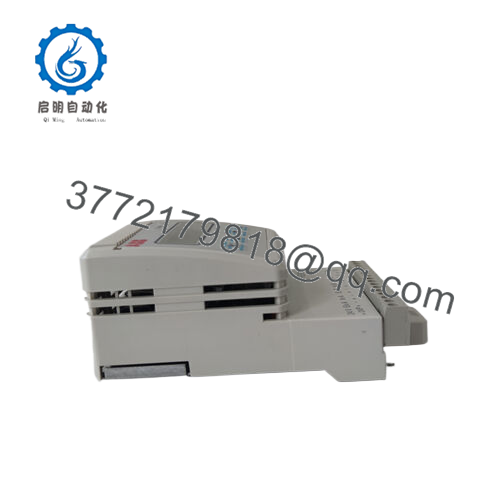
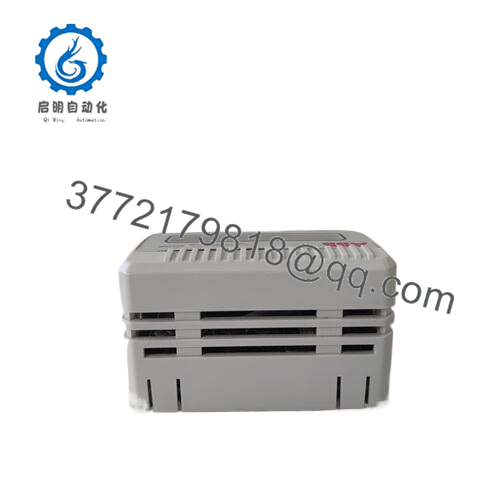
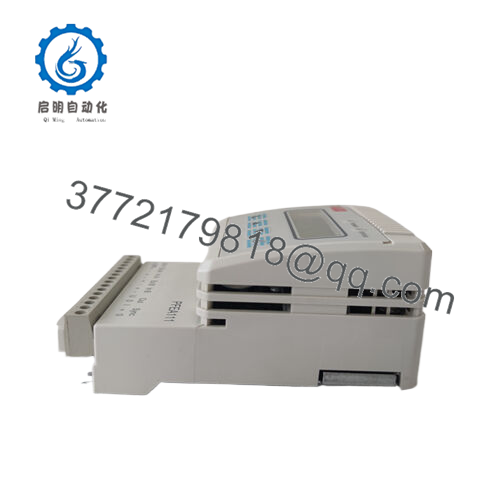
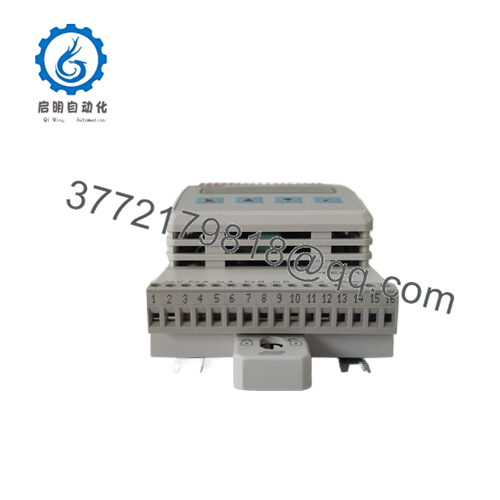
 WhatsApp: +86 16626708626
WhatsApp: +86 16626708626 Email:
Email:  Phone: +86 16626708626
Phone: +86 16626708626
